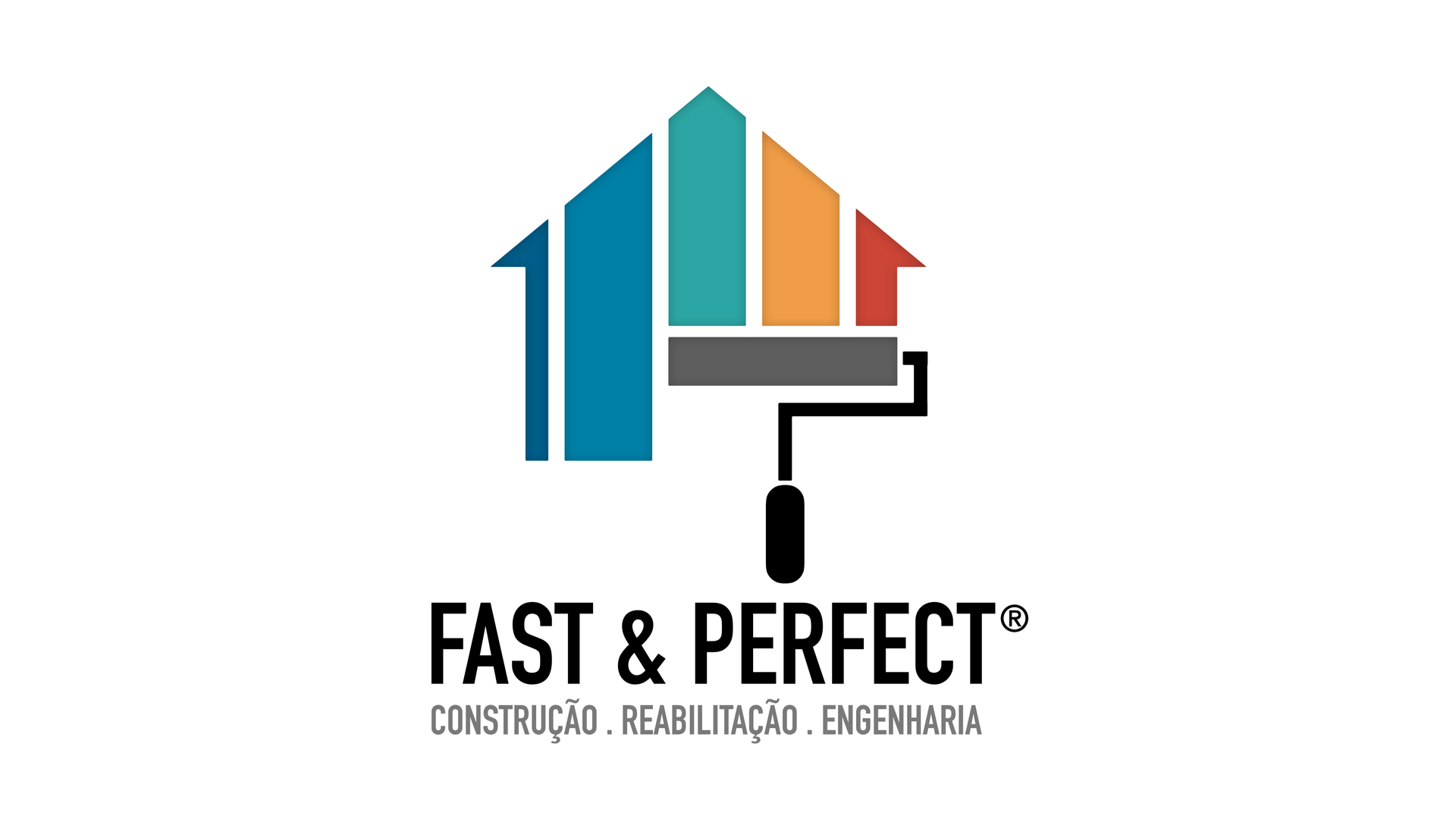Preserve and Care
With preventive and corrective maintenance, it is possible to prevent premature wear and erosion of materials, as well as cost savings in the medium and long term.
The objective of any organization must, of course, be to increase the productivity levels of machines and equipment. For this to happen, there is nothing better than starting with the optimization and control of the entire maintenance cycle, in order to guarantee the safety of the infrastructures.
Through the adoption of maintenance management strategies (preventive or corrective), companies promote equipment health and ensure sustainability.
Preventive maintenance: what is it?
Failures and malfunctions generate a reduction in productivity and increase operational maintenance costs. Although it is not possible to completely eliminate the existence of unforeseen events, we must bear in mind that, whatever the size of the business, creating preventive maintenance plans is a way to avoid the possible unavailability of equipment as much as possible.
Preventive maintenance, as the name implies, prevents the appearance of failures in assets and equipment. This type of maintenance is carried out systematically, that is, the equipment is inspected even if it has not shown any signs of failure. In this way, any equipment failure is avoided as much as possible to ensure the proper functioning and safety of the assets.
Drawing up preventive maintenance plans for equipment and installations means preventing breakdowns and reducing the probability of failures in equipment that is crucial to the productivity of companies.
This maintenance strategy is programmed using maintenance plans. This allows the responsible department to control the operations and know, a priori, which parts or resources are needed to guarantee a certain preventive operation.
In addition, preventive maintenance guarantees the reliability of the equipment. All operations are carried out at previously defined intervals that do not impact the company's performance.
Corrective maintenance: what is it?
Corrective maintenance consists of a set of technical tasks, intended to correct failures in equipment that prove to be in need of repair or replacement. This type of maintenance corrects errors in equipment that are dependent on intervention to return to fulfill its initial function.
These maintenance practices are not dependent on maintenance plans and, as a consequence, the possibility of not having replacement parts in stock is high. Furthermore, you may also not find any maintenance technicians available to fix the problem at the moment, since failures are total unforeseen events.
Although, in some cases, it is inevitable, corrective maintenance ends up having a greater financial impact on companies, since it often implies prolonged unavailability of equipment. The truth is that a significant percentage of these failures can be avoided if preventive maintenance plans are implemented.
However, the corrective maintenance model will always be necessary and can be applied to equipment with low levels of criticality, whose failures do not interfere with the company's productivity.
Difference between corrective and preventive maintenance:
The main difference between these two types of maintenance is the repair time for the equipment or installation.
In the corrective maintenance model, the operation is performed only when there is a failure or breakdown, on the other hand, in preventive maintenance, the equipment has maintenance plans to avoid/prevent more complex failures.
There are several maintenance management solutions, such as Valuekeep, that help companies define and follow an effective maintenance strategy.
Learn more about our maintenance software and mobile APP and find out how we can help you manage corrective and preventive maintenance of your assets.




